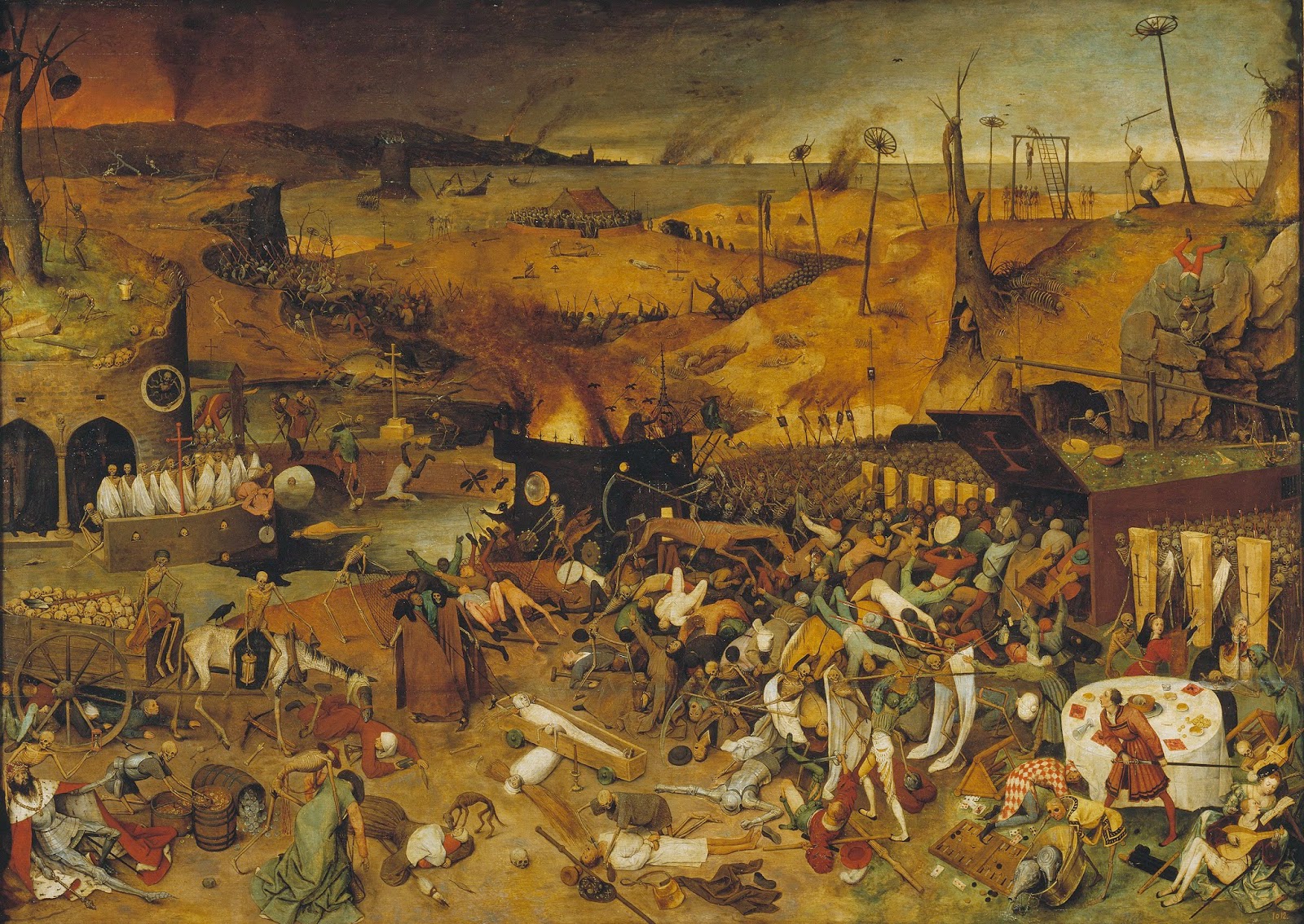(continued from “Human Drama”)
What began with a quote about how the Pre-Raphaelites viewed
the Bible as a source of human drama soon became a theme when I saw the
following depiction of the story of Noah’s ark, titled The Eve of the Deluge and painted by William Bell Scott:
We see Noah and his crew in the lower right-hand corner
boarding the ark while a prince at his leisure gazes on and a storm brews in
the distance. The typical interpretation of this story is one of smug, sometimes
also sad, condemnation of the worldly for their wicked ways, followed by
triumphant declaration of their impending doom.
As I gazed on this work, however, I found that I was more sympathetic toward the prince
and his hangers-on and even found something admirable and noble in them. If the
purpose of existence is not simply living on but really living, then I would rather be up with the heathens, where
there are creaturely comforts and time for reverie.
By contrast, Noah and his family are an indistinct crowd slogging
through a cloud of dust to board the ark for what is sure to be one long,
miserable hiatus from the world. Their wretchedness, their suffering, puts me
in mind of the dying masses who reap death as the deserts of sin in Pieter
Bruegel the Elder’s painting The Triumph
of Death, as well as of those whose portion the Book of Revelation says is “in
the lake that burns with fire and sulfur.” (Revelation 21:8, ESV)
In this light--the light of some freewheeling associations--the
heathens in The Eve of the Deluge
represent a higher type, those who refuse to grovel in religious terror. For
me, the wicked have become the godly while the righteous are now the
iniquitous.
How’s that for a neat series of moral inversions?


No comments:
Post a Comment